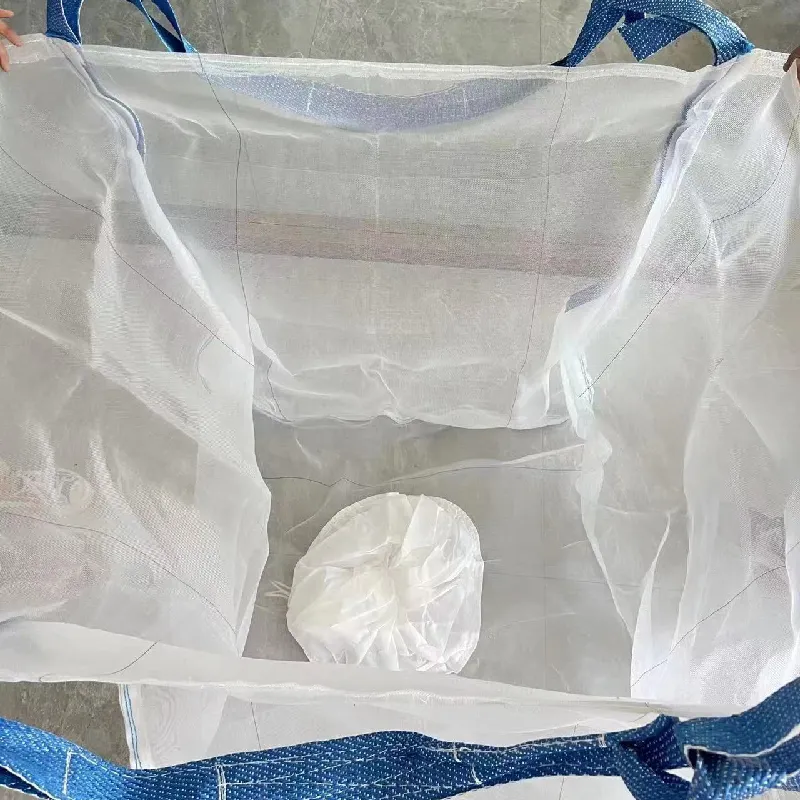-
 Afrikaans
Afrikaans -
 Albanian
Albanian -
 Amharic
Amharic -
 Arabic
Arabic -
 Armenian
Armenian -
 Azerbaijani
Azerbaijani -
 Basque
Basque -
 Belarusian
Belarusian -
 Bengali
Bengali -
 Bosnian
Bosnian -
 Bulgarian
Bulgarian -
 Catalan
Catalan -
 Cebuano
Cebuano -
 China
China -
 Corsican
Corsican -
 Croatian
Croatian -
 Czech
Czech -
 Danish
Danish -
 Dutch
Dutch -
 English
English -
 Esperanto
Esperanto -
 Estonian
Estonian -
 Finnish
Finnish -
 French
French -
 Frisian
Frisian -
 Galician
Galician -
 Georgian
Georgian -
 German
German -
 Greek
Greek -
 Gujarati
Gujarati -
 Haitian Creole
Haitian Creole -
 hausa
hausa -
 hawaiian
hawaiian -
 Hebrew
Hebrew -
 Hindi
Hindi -
 Miao
Miao -
 Hungarian
Hungarian -
 Icelandic
Icelandic -
 igbo
igbo -
 Indonesian
Indonesian -
 irish
irish -
 Italian
Italian -
 Japanese
Japanese -
 Javanese
Javanese -
 Kannada
Kannada -
 kazakh
kazakh -
 Khmer
Khmer -
 Rwandese
Rwandese -
 Korean
Korean -
 Kurdish
Kurdish -
 Kyrgyz
Kyrgyz -
 Lao
Lao -
 Latin
Latin -
 Latvian
Latvian -
 Lithuanian
Lithuanian -
 Luxembourgish
Luxembourgish -
 Macedonian
Macedonian -
 Malgashi
Malgashi -
 Malay
Malay -
 Malayalam
Malayalam -
 Maltese
Maltese -
 Maori
Maori -
 Marathi
Marathi -
 Mongolian
Mongolian -
 Myanmar
Myanmar -
 Nepali
Nepali -
 Norwegian
Norwegian -
 Norwegian
Norwegian -
 Occitan
Occitan -
 Pashto
Pashto -
 Persian
Persian -
 Polish
Polish -
 Portuguese
Portuguese -
 Punjabi
Punjabi -
 Romanian
Romanian -
 Russian
Russian -
 Samoan
Samoan -
 Scottish Gaelic
Scottish Gaelic -
 Serbian
Serbian -
 Sesotho
Sesotho -
 Shona
Shona -
 Sindhi
Sindhi -
 Sinhala
Sinhala -
 Slovak
Slovak -
 Slovenian
Slovenian -
 Somali
Somali -
 Spanish
Spanish -
 Sundanese
Sundanese -
 Swahili
Swahili -
 Swedish
Swedish -
 Tagalog
Tagalog -
 Tajik
Tajik -
 Tamil
Tamil -
 Tatar
Tatar -
 Telugu
Telugu -
 Thai
Thai -
 Turkish
Turkish -
 Turkmen
Turkmen -
 Ukrainian
Ukrainian -
 Urdu
Urdu -
 Uighur
Uighur -
 Uzbek
Uzbek -
 Vietnamese
Vietnamese -
 Welsh
Welsh -
 Bantu
Bantu -
 Yiddish
Yiddish -
 Yoruba
Yoruba -
 Zulu
Zulu
plastic mesh for plastering
Plastic Mesh for Plastering Enhancing Durability and Performance
Plastic mesh, commonly known as fiberglass mesh or synthetic mesh, has become an essential component in the plastering industry
. Its unique properties significantly enhance the strength and durability of plaster applications, making it a preferred choice for both professionals and DIY enthusiasts.One of the primary benefits of using plastic mesh for plastering is its ability to improve crack resistance. When plaster is applied over surfaces, it can be prone to cracking due to temperature fluctuations, moisture, and structural movements. By incorporating plastic mesh within the plaster layer, the mesh acts as a reinforcement, effectively distributing stress and preventing cracks from forming. This reinforcement is particularly important in areas that are subject to heavy use or in locations with significant environmental changes.
Moreover, plastic mesh is lightweight yet strong, making it easy to handle and install. Unlike traditional metal lath, which can be cumbersome and prone to rust, plastic mesh offers a long-lasting alternative that resists corrosion. This property is especially beneficial in humid or coastal environments where moisture can lead to faster deterioration of metal products. The longevity of plastic mesh ensures that plastered surfaces maintain their aesthetic appeal and structural integrity over time.
plastic mesh for plastering

Another significant advantage is the versatility of plastic mesh. It can be used on various substrates, including concrete, masonry, and even drywall. This adaptability allows for consistent results across different building materials, simplifying the plastering process. Additionally, plastic mesh is compatible with a wide range of plaster types, including traditional cement-based plasters and modern polymer-modified options, providing builders and contractors with flexibility in their material choices.
Installation of plastic mesh is also straightforward. It can be cut easily to fit any shape or size, and its adhesive properties allow it to bond securely with plaster, ensuring a cohesive application. When properly embedded within the plaster, the mesh becomes an integral part of the system, enhancing both mechanical properties and overall performance.
Moreover, the use of plastic mesh contributes to energy efficiency. Some products are designed to provide insulation properties, helping to regulate temperature and improve energy savings in buildings. This adds an extra layer of functionality, making plaster walls not only aesthetically pleasing but also more environmentally friendly.
In conclusion, plastic mesh has revolutionized plastering techniques by providing enhanced crack resistance, durability, and versatility. Its lightweight nature, ease of installation, and compatibility with various materials make it an indispensable tool for modern construction. As the industry continues to evolve, the use of plastic mesh will likely remain at the forefront, ensuring that plastered surfaces are not only beautiful but also built to last.
-
Shipping Plastic Bags for Every NeedNewsJul.24,2025
-
Safety Netting: Your Shield in ConstructionNewsJul.24,2025
-
Plastic Mesh Netting for Everyday UseNewsJul.24,2025
-
Nylon Netting for Every UseNewsJul.24,2025
-
Mesh Breeder Box for Fish TanksNewsJul.24,2025
-
Expanded Steel Mesh Offers Durable VersatilityNewsJul.24,2025











